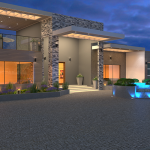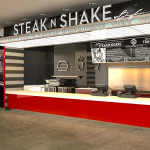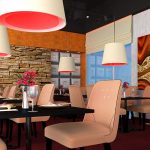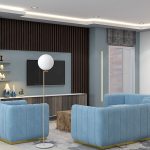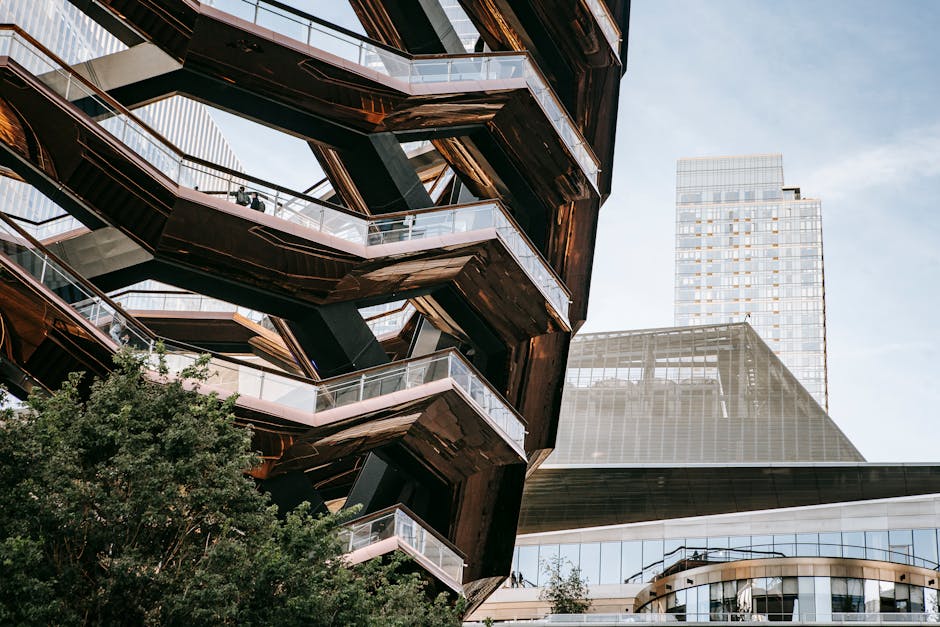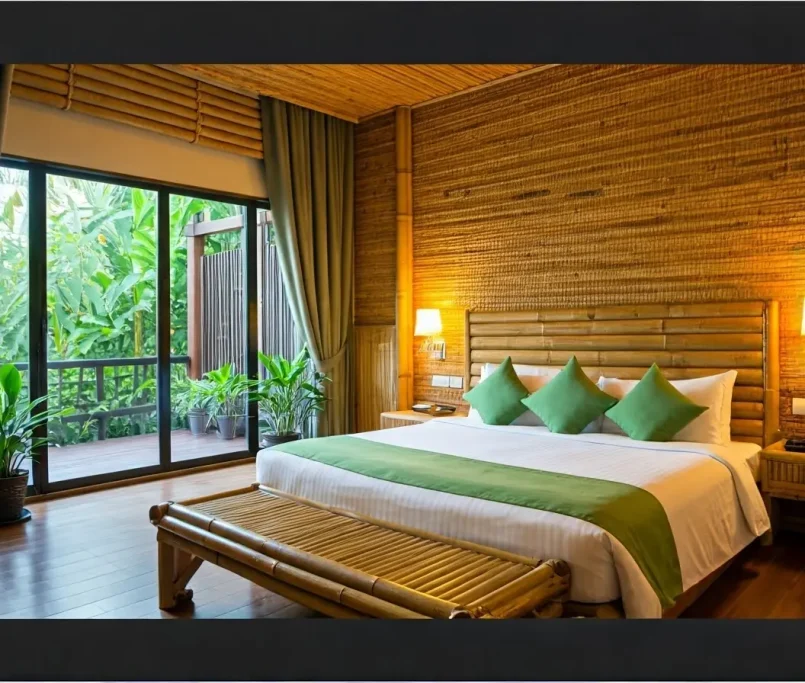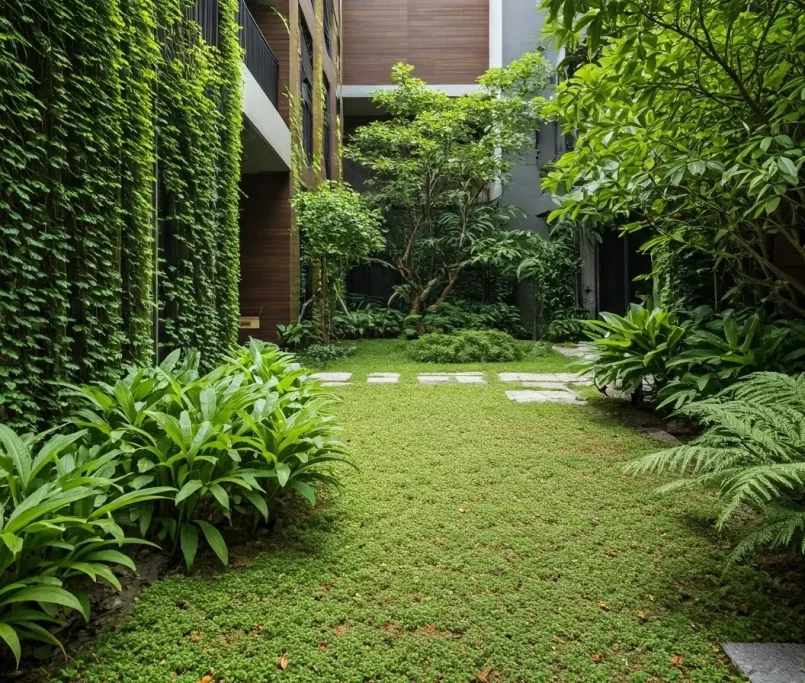Transforming Commercial Spaces with Biophilic Design: A Guide for Business Owners
Introduction to Biophilic Design in Commercial Spaces
Biophilic design is all about bringing the outside inside, helping people feel connected to the natural world even when they’re indoors. It’s not just plants everywhere; it’s about using natural materials like wood and stone, and maximizing natural light. This approach can completely transform commercial spaces, from offices to retail stores, making them places where people actually want to be. It’s based on the idea that humans have a deep connection to nature, and that incorporating elements of the natural world into our work and shopping environments can improve well-being, creativity, and productivity. Whether it’s adding a living green wall in a lobby or making sure there’s plenty of sunlight and fresh air, biophilic design makes spaces feel more welcoming and can even boost the bottom line by attracting more customers or making employees happier and healthier.
The Importance of Incorporating Nature in Business Environments
Bringing nature into business spaces isn’t just about adding a few plants here and there. It’s about creating an environment that boosts employee morale, productivity, and overall well-being. Studies show that workplaces with natural elements like plants, natural light, and water features can reduce stress, make employees feel more relaxed, and even improve concentration and creativity. Imagine having a space where your team is happier, healthier, and more productive, simply because the environment feels more natural and welcoming. That’s what biophilic design achieves. It’s not a trend; it’s a proven approach to make spaces better for everyone in them. Plus, customers often report feeling more at ease and having a better impression of businesses that incorporate natural elements into their design. So, by investing in biophilic design, you’re not just making your space look good, you’re making a smart business decision that can improve your team’s performance and attract more customers.
Key Elements of Biophilic Design
Biophilic design isn’t just a fancy buzzword; it’s about bringing the outside in and connecting people with nature inside their workspaces. Here’s how it’s done. Natural Light is a game-changer. It not only saves on energy bills but boosts mood and productivity. So, big windows and skylights are a must. Plants, lots of them. Greenery isn’t just for show, it purifies the air and creates a calming environment. Materials that mimic nature make a big difference. Think wood, stone, and other natural textures. They make spaces feel more grounded. Water features can be subtle or show-stopping. The sound of water is universally calming, so consider adding small fountains or even aquariums. Open spaces that mimic outdoor landscapes encourage movement and mingling, breaking the monotony of cubicles. Integrating these elements can transform sterile commercial spaces into vibrant, energized environments where creativity and well-being flourish.
Benefits of Biophilic Design for Businesses
Biophilic design isn’t just about adding a plant or two around your office. It’s about integrating nature into your work environment in a way that can lead to some solid payoffs for your business. First off, it boosts employee well-being. Studies have shown that working in a space that embraces natural elements can reduce stress, enhance creativity, and improve overall mental health. Imagine your team feeling more relaxed and inspired just by the surroundings. That’s the power of biophilic design.
Next, it can actually save you money in the long run. Natural light and ventilation reduce the need for artificial lighting and air conditioning, cutting down energy costs. Plus, spaces designed with nature in mind tend to be more appealing to clients and potential hires. It’s the sort of ambiance that makes people want to stick around, whether they’re customers or staff.
But here’s an interesting kicker – it increases space utility. Biophilic elements like living walls or indoor gardens can serve dual purposes, acting both as decor and as natural dividers in an open-plan office. This means you’re optimizing your square footage without the need for bulky barriers.
In short, weaving the natural world into your business space is a smart move. Healthier employees, lower bills, and a more attractive space to clients and recruits? That’s what biophilic design brings to the table.
Planning Your Space: Biophilic Design Principles to Follow
When it comes to redesigning commercial spaces with biophilic design, understanding the key principles is crucial. First, focus on natural light. Let the sunlight pour in as much as possible; it not only boosts mood but also enhances the connection to the outdoors. Next, incorporate plants and water features. These elements bring life into any room and improve air quality. Think about using living walls or indoor waterfalls. Materials matter too. Choose natural materials like wood and stone to echo the outdoors inside. Another principle involves open spaces. Keep layouts airy and open to mimic the freedom of nature. Color schemes play a big role as well; opt for greens, browns, and other earth tones that remind people of the natural world. And don’t forget about views and visuals. If possible, frame nature scenes with windows or use high-quality images of the outdoors to create a serene backdrop. Following these principles not only makes your commercial space more inviting but also promotes well-being and productivity among its users.
Case Studies: Successful Biophilic Design in Commercial Settings
Companies worldwide are turning their commercial spaces into green havens, and the results are clear: happier employees, more satisfied customers, and sometimes even reduced operational costs. Take Amazon’s headquarters in Seattle, with its three spherical conservatories filled with over 40,000 plants from around the globe. This bold move has not only turned heads but has also boosted employee satisfaction and creativity. Another prime example is the Bank of America Tower in New York. Certified as one of the world’s most environmentally sustainable office buildings, it features a floor-to-ceiling glass design that maximizes natural light, reducing the need for artificial lighting. Inside, a green living wall acts not just as a striking visual feature but also enhances air quality. These case studies prove that when businesses invest in biophilic design, they’re not just beautifying their spaces. They’re also investing in a healthier environment for their workers and a more appealing setting for their customers, which often translates into better business performance.
How to Start Incorporating Biophilic Design in Your Space
Starting to incorporate biophilic design into your commercial space isn’t as hard as it might sound. First, think about natural light. Make the most of it. If you can, rearrange your space so that sunlight floods in. It’s not just about saving on electricity bills; it’s about creating a warm, welcoming environment. Next, bring in some green. Plants are the easiest way to introduce nature indoors. You don’t need a jungle—start with a few potted plants or a living wall if you’re feeling adventurous. Consider materials as well. Use natural ones like wood, stone, or bamboo. These materials can make your space feel more earthy and connected to the outside world. Lastly, think about the layout. Open spaces that mimic natural landscapes can boost how enjoyable and relaxing your space feels. Start small. Pick one or two things to change and see how it transforms your space and the people in it.
Common Challenges and Solutions in Implementing Biophilic Design
Integrating biophilic design into commercial spaces sounds straightforward, but it has its hurdles. First off, space limitations can be a big roadblock. Not all spaces have the luxury of actual greenery or sprawling open areas. A smart workaround? Opt for small indoor plants or vertical gardens. They don’t eat up much room but still bring nature inside. Lighting is another tough nut to crack. Natural light is a cornerstone of biophilic design, yet many offices are deep inside buildings with limited windows. Solution? Use mirrors to bounce light around and invest in lighting that mimics natural light. Cost issues can’t be ignored either. Revamping a space with biophilic elements can get expensive. However, focus on cost-effective changes like adding planters or nature-inspired art. Finally, maintenance of greenery scares some. But, picking low-maintenance plants or even high-quality artificial plants can keep the vibe without the hassle. Surmounting these obstacles is absolutely worth it for the sake of happier, healthier work environments.
Maintenance and Sustaining Biophilic Design Over Time
Maintaining a biophilic design in your commercial space isn’t just about planting a few trees and calling it a day. It’s an ongoing commitment to keeping those natural elements thriving and effective in enhancing the workplace. First, think about the lighting. Natural light is your best friend here, so keep those windows clean and clear. If you’re using artificial lights, make sure they mimic natural light as closely as possible. Next up, water. Yes, plants need it, but think about incorporating water features like small fountains. They not only add to the aesthetic but also to the air quality. Speaking of plants, you can’t just choose any. Go for native plants or those that are well-suited to your area’s climate. They’ll last longer and require less caretaking. And, don’t forget maintenance. Regular trimming, watering, and checking for pests are all part of the game. This might sound like a lot, but it’s all about setting up a routine. Do these, and your biophilic design won’t just last; it will evolve and grow, making your commercial space a living, breathing testament to the power of integrating nature into our daily lives.
Conclusion: The Future of Commercial Spaces with Biophilic Design
Biophilic design isn’t just a trend—it’s the future. As we move forward, expect to see more businesses incorporating natural elements into their spaces. Why? Because it’s good for the bottom line and for the people who use these spaces. Natural light, plants, and open spaces can boost creativity, productivity, and wellbeing. These aren’t just nice-to-haves; they’re essential for attracting and retaining talent and customers. The cost of integrating biophilic design may seem high at first, but the benefits outweigh the initial investment. Improved employee health leads to less absenteeism. Happier, more engaged employees and customers can drive sales and innovation. In a world that’s rapidly urbanizing, maintaining a connection to nature isn’t just desirable—it’s necessary. So, if you’re thinking about the future of your commercial space, think green, think natural. Biophilic design is here to stay, and it’s reshaping the way we think about our work and communal environments for the better.

